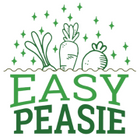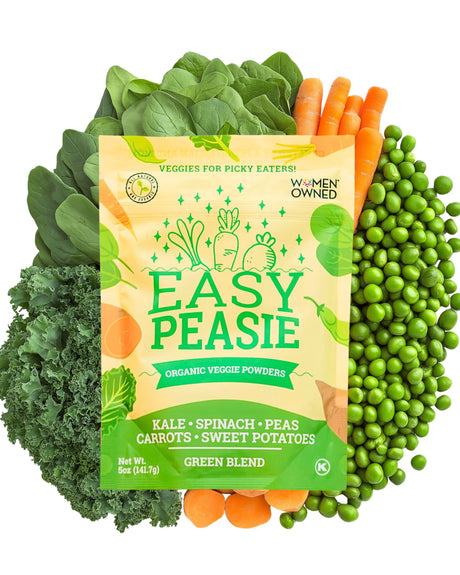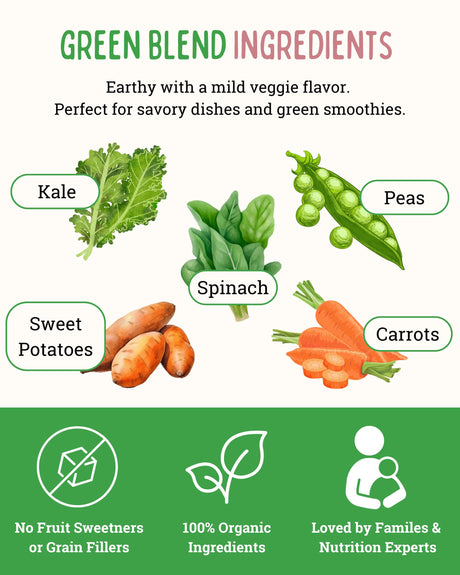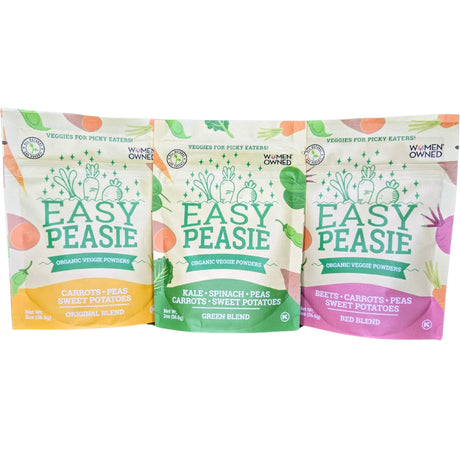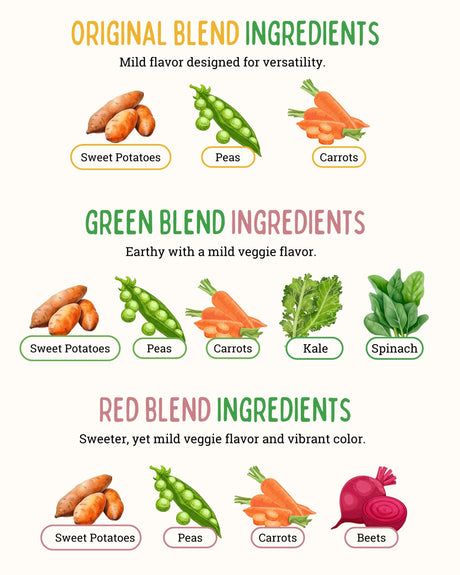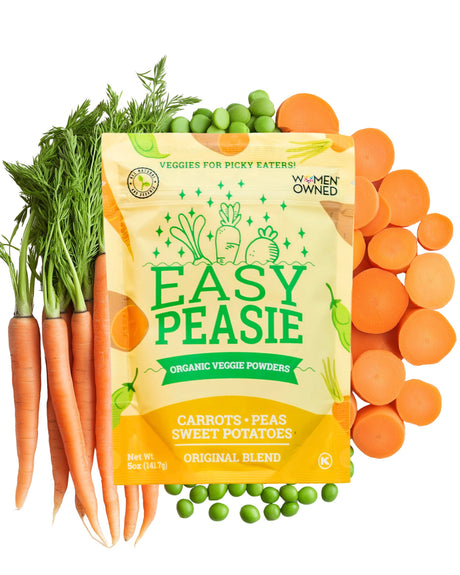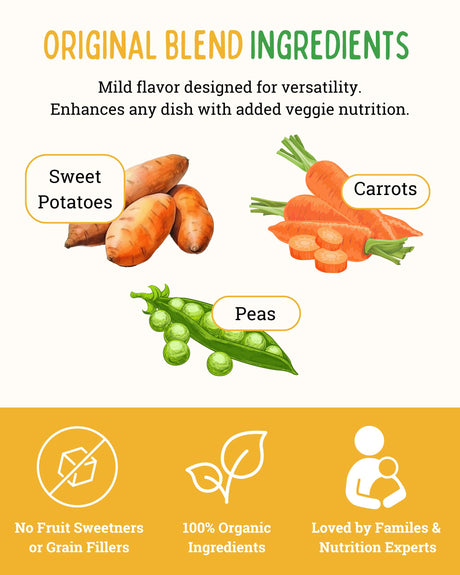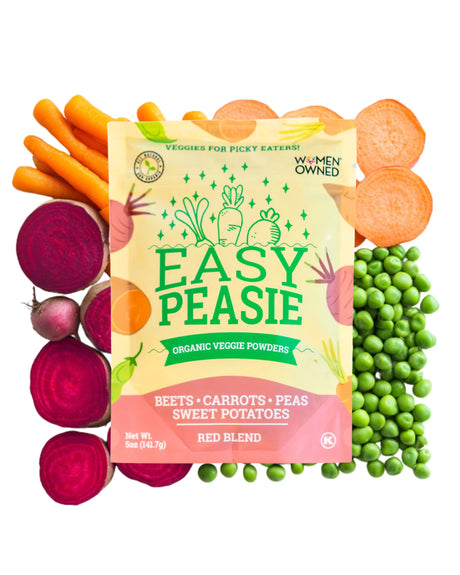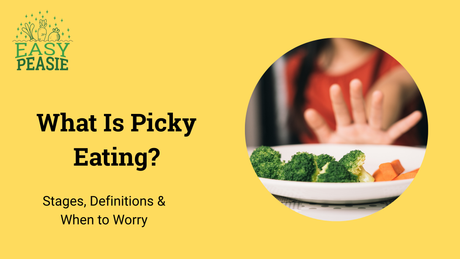Intro to Food Allergies
Food allergies are a common concern for many families, with some of the most prevalent allergens being peanuts, tree nuts, dairy, eggs, wheat, and soy. These allergies can cause a range of reactions, from mild discomfort to severe, life-threatening symptoms.
For parents, ensuring that their child’s meals are safe is paramount, particularly when it comes to school lunches where they can’t always be there to supervise. Safe meal planning is essential to avoid exposure to allergens while still providing nutritious and delicious options that kids will actually want to eat.
In this blog, we’ll explore how to navigate the complexities of food allergies while packing safe and tasty school lunches. We’ll cover a variety of allergy-safe lunch ideas, creative meal planning tips, and strategies to help manage food allergies effectively in the school environment. Whether your child has a single food allergy or multiple sensitivities, this blog will provide practical advice to help you confidently send them off to school with lunches that are both safe and satisfying. Let’s dive in and discover how to make school lunches a worry-free experience for both you and your child.
Understanding Food Allergies in Children
Common Food Allergies
Food allergies are more common than ever, with certain foods being the usual suspects.
The most common allergens include peanuts, tree nuts, dairy, eggs, wheat, and soy. These ingredients can be found in a surprising number of products, making it crucial for parents to be vigilant. For kids with food allergies, even a tiny amount of these allergens can trigger reactions ranging from mild hives to severe anaphylaxis. Understanding these common allergens is the first step in creating safe and delicious meals for your child.
Identifying Allergens
Reading food labels is an essential skill for any parent navigating the world of food allergies. Always check ingredient lists for common allergens, which are often listed in bold or under a “contains” section. However, allergens can sometimes be hidden under different names or included as cross-contaminants in processing.
Familiarize yourself with alternative names for allergens (like casein for dairy or albumin for eggs) and opt for products that are specifically labeled as allergen-free. When in doubt, reach out to manufacturers for clarification.
Communication with Schools
Effective communication with your child’s school is key to ensuring their safety.
Inform teachers, school nurses, and cafeteria staff about your child’s allergies and provide a detailed action plan in case of exposure. It's important to ensure that all staff members are aware of the seriousness of the allergies and know how to respond if an allergic reaction occurs. Additionally, consider providing safe snacks and treats for your child to avoid accidental exposure during school events or parties. Regular check-ins with the school can help maintain a safe environment for your child.
Allergy-Safe Lunch Ideas
Nut-Free Lunches
Creating nut-free lunches that are both nutritious and delicious is easier than you might think. Instead of peanut butter, try sunflower seed butter or soy butter for sandwiches. Pair it with whole-grain bread, sliced apples, and a side of veggie sticks for a balanced meal.
For a fun twist, make a nut-free trail mix using seeds, dried fruit, and pretzels.
These options are not only safe but also packed with the nutrients your child needs to stay energized throughout the day.
Dairy-Free Options
If your child is dairy-free, there are plenty of tasty alternatives to traditional dairy products.
Use plant-based milks like almond, oat, or soy milk in place of cow’s milk for smoothies or cereal. Dairy-free cheese, yogurt, and butter substitutes are also widely available and can be used in sandwiches, wraps, and baked goods. For lunch, try a dairy-free quesadilla filled with beans, veggies, and dairy-free cheese, served with a side of fruit and a homemade granola bar.
Gluten-Free Lunches
For kids with celiac disease or gluten sensitivity, gluten-free lunches need to be safe and satisfying. Opt for gluten-free bread or wraps for sandwiches, and fill them with lean proteins, fresh veggies, and condiments that are certified gluten-free.
Rice cakes, corn tortillas, and gluten-free pasta are also great bases for a variety of meals.
A simple lunch could be a gluten-free pasta salad with grilled chicken, cherry tomatoes, and a light vinaigrette, paired with a piece of fruit and some gluten-free crackers.
Egg-Free and Soy-Free Ideas
Egg-free and soy-free meals can still be packed with flavor and nutrition.
Instead of eggs, try using avocado or hummus as a spread on sandwiches. Soy-free options include using coconut aminos in place of soy sauce or opting for soy-free versions of popular foods like margarine and baked goods. A great egg-free, soy-free lunch could be a chicken salad made with avocado or dairy-free yogurt, served in a lettuce wrap or on gluten-free bread, accompanied by a side of fresh fruit and veggie sticks. These options ensure your child enjoys a meal that is both safe and satisfying.
Meal Planning for Food Allergies
Creating a Weekly Lunch Plan
Planning a week’s worth of allergy-safe lunches in advance can make the busy school week run more smoothly. Start by mapping out a lunch menu that avoids your child’s allergies while including a variety of foods to keep things interesting.
Make a shopping list based on your plan, ensuring you have all the ingredients on hand. Consider rotating a few favorite meals to simplify the process while keeping your child’s lunchbox exciting and nutritious. Having a clear plan helps reduce stress and ensures your child has safe, delicious options every day.
Batch Cooking and Meal Prep
Batch cooking and meal prep are lifesavers for parents managing food allergies.
Dedicate a few hours on the weekend to prepare large batches of allergy-safe meals that can be easily packed throughout the week. Cook grains like rice or quinoa, roast vegetables, and prepare proteins that can be mixed and matched to create different meals. Store them in portioned containers, ready to grab and go. Not only does this save time, but it also reduces the risk of cross-contamination by preparing everything in one clean session.
Involving Kids in Meal Planning
Getting kids involved in planning and preparing their lunches is a great way to make them feel empowered and excited about their meals. Let them help choose the menu for the week, giving them options that are safe and healthy. Involving them in the cooking process—like washing veggies, mixing ingredients, or assembling wraps—teaches valuable kitchen skills and makes them more likely to enjoy what they’ve helped create.
Plus, it’s a fun bonding activity that can turn meal prep into a family affair.
Tips for Managing Food Allergies at School
Working with School Staff
Collaborating with school staff is crucial for ensuring your child’s safety. Schedule a meeting with teachers, the school nurse, and cafeteria staff at the start of the school year to discuss your child’s allergies. Provide them with a detailed action plan that includes what to do in case of exposure and ensure they know how to use any emergency medications like an EpiPen. Regular communication with the school helps reinforce these precautions and keeps everyone on the same page.
Pack Smart: Lunchbox Tips
Packing a lunch that’s both safe and fresh involves a few smart strategies. Use separate containers to keep different foods from touching, especially when dealing with severe allergies. Invest in high-quality, leak-proof lunch boxes and ice packs to keep perishable items at the right temperature. When packing snacks like fruits or veggies, consider pre-washing and drying them to prevent sogginess. Label your child’s lunchbox clearly to avoid mix-ups and remind them not to share food with classmates to prevent accidental exposure.
Emergency Preparedness
It’s essential that your child knows what to do in case of an allergic reaction, even if they’re young. Teach them to recognize the early signs of an allergic reaction, such as itching, swelling, or difficulty breathing, and to notify an adult immediately. Make sure they know where their emergency medication is kept and how to use it if they’re old enough.
Work with the school to ensure there’s a clear action plan in place, and consider having a practice drill with your child so they feel confident about what to do in an emergency. Being prepared helps ensure your child’s safety and gives you peace of mind while they’re at school.
Creative and Kid-Friendly Recipes
Allergy-Safe Sandwich Alternatives
When it comes to creating allergy-safe sandwiches and wraps, creativity is key. Instead of traditional peanut butter and jelly, try sunflower seed butter with sliced bananas on whole-grain bread. For a savory option, layer hummus, avocado, and thinly sliced veggies in a wrap or pita.
Lettuce wraps can also be a fun alternative, filled with chicken salad or turkey and cheese (using dairy-free cheese if needed). These options are not only safe but also packed with flavor, making lunchtime something your child looks forward to.
Healthy and Safe Snacks
Healthy, allergy-friendly snacks can be both nutritious and delicious. Fresh fruit, like apple slices or grapes, paired with a safe dip like sunflower seed butter or dairy-free yogurt, makes a satisfying snack. Rice cakes topped with avocado or a spreadable cheese alternative are another tasty option.
For something crunchy, try veggie sticks with hummus or homemade popcorn seasoned with a little olive oil and sea salt. These snacks are easy to pack, safe to eat, and will keep your child fueled throughout the day.
Fun Lunchbox Ideas
Making lunch fun and visually appealing can encourage kids to eat their meals, especially when they have dietary restrictions. Consider using themed lunch boxes or bento-style containers with compartments for different foods. You can create fun shapes with cookie cutters, like star-shaped sandwiches or heart-shaped cucumbers.
Adding a little note or sticker to their lunchbox can also brighten their day. The goal is to make the meal look exciting while ensuring it meets all of their allergy needs.
Navigating Social Situations and Travel
Managing Allergies During School Events
School events like parties, field trips, and holiday celebrations can be tricky for children with food allergies. To ensure your child’s safety, communicate with the school ahead of time about upcoming events. Offer to provide safe snacks or treats that your child can enjoy without feeling left out.
It’s also helpful to educate teachers and event organizers about the importance of avoiding cross-contamination. Preparing a “party pack” of safe treats that can be kept at school for these occasions is a great way to make sure your child always has something safe to eat.
Safe Dining Out and Traveling
Dining out or traveling with food allergies requires extra planning, but it’s definitely manageable. Research restaurants ahead of time to find those that offer allergy-friendly options, and don’t hesitate to call ahead to discuss your child’s needs. When traveling, pack a variety of safe snacks and meals to avoid relying on unfamiliar food sources. It’s also wise to carry a detailed allergy card that can be shown to restaurant staff or chefs, clearly outlining your child’s allergies and the necessary precautions. With a little preparation, you can enjoy meals out and travel with peace of mind.
Educating Your Child
Teaching your child about their allergies and how to advocate for themselves is an essential part of managing their condition. Help them understand what foods are safe and which ones to avoid, and encourage them to always ask about ingredients before eating anything unfamiliar. Role-play scenarios where they might need to explain their allergies to a teacher or friend, giving them the confidence to speak up. Empowering your child with knowledge about their allergies not only keeps them safe but also helps them feel more in control and less anxious in social situations.
Summary
Creating safe and delicious allergy-friendly lunches is essential for ensuring your child's health and happiness at school. From understanding common food allergies and reading labels to meal planning and packing creative, nutritious meals, there are many strategies that can make navigating food allergies easier. By preparing allergy-safe alternatives and involving your child in the process, you can make lunchtime both enjoyable and worry-free.
Stay Informed and Prepared
Managing food allergies requires ongoing diligence and preparation. Staying informed about your child's specific allergies, regularly communicating with their school, and being proactive in meal planning are key to maintaining their safety. Remember, the more prepared you are, the more confident you’ll feel in providing a safe environment for your child, both at home and at school.
We’d love to hear about your experiences and ideas for creating allergy-friendly lunches! Share your favorite recipes and tips in the comments below. Don’t forget to follow EasyPeasie on Instagram (@EasyPeasieCo), Facebook (EasyPeasie), and YouTube (EasyPeasieCo) for more tips, recipes, and advice on managing food allergies. Explore our additional resources to keep your family informed and prepared, and let’s continue making mealtime safe and enjoyable for everyone.
